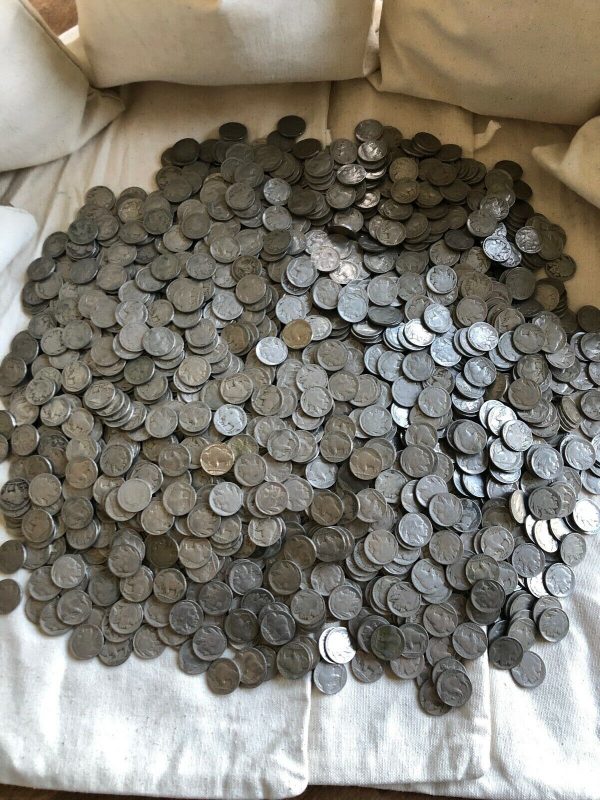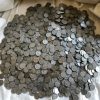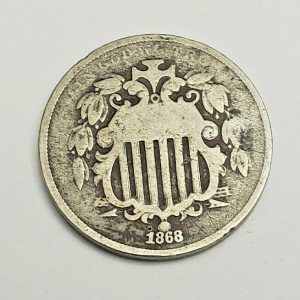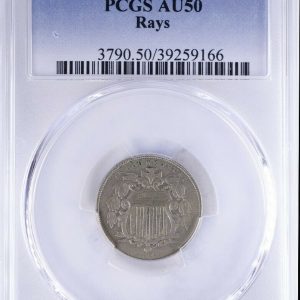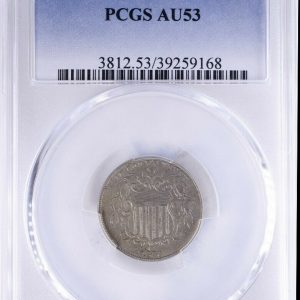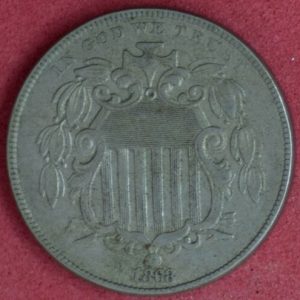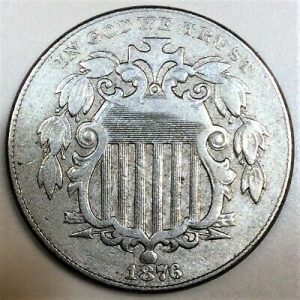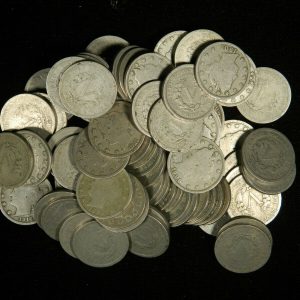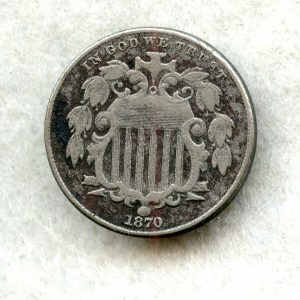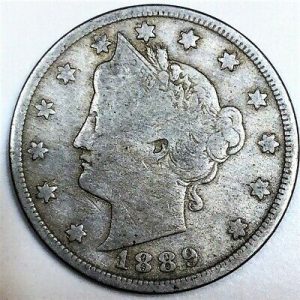Description
Sale = 1 Roll of Buffalo Nickels
(All Readable)
Item Details
Coins: Buffalo Nickels (1913-1938)
Dates: Seems to be mostly 20’s and 30’s with some 10’s mixed in.
We have just purchased a bundle of 25,000 Buffalo Nickels. We have scanned over 500 Nickels and have seen visible dates on all of them. They seem to be partial and full date Nickels mostly in 1920’s and 1930’s. We have seen a few Buffalo Nickel Mint Marks and Liberty Nickels mixed in.
After we rolled the Nickels up, we sampled 5 rolls and here is what we found:
Roll 1: 26 Full Date / 14 Partial Date
Roll 2: 16 Full Date / 24 Partial Date
Roll 3: 21 Full Date / 19 Partial Date
Roll 4: 28 Full Date / 12 Partial Date
Roll 5: 19 Full Date / 21 Partial Date
They were mostly 20’s and 30’s with some 10’s mixed in.
The Master of Coin
Hello fellow numusmatists! My name is John, but my friends and colleagues refer to me as ‘The Master of Coin’. US coins are my life and I have built up quite a collection over the years. (Don’t tell my family I said that, haha) I am well connected in the industry and am now starting to purchase in bulk and wholesale these coins to retail collectors. I have recently purchased 500,000 wheat pennies that are now being rolled up and delivered to a town near you (Yes, I said 500k!). Please reach out if you have any questions, concerns or just want to engage about the industry. If you are unhappy with your purchase in anyway, contact us. Customer satisfaction is our number one priority. Thank you!
Shipping = Free, Fast and Secure!
History of the Buffalo Nickel
The Buffalo nickel or Indian Head nickel is a copper-nickel five-cent piece that was struck by the United States Mint from 1913 to 1938. It was designed by sculptor James E. Fraiser.
As part of a drive to beautify the coinage, five denominations of US coins had received new designs between 1907 and 1909. In 1911, Taft Administration officials decided to replace Charles E. Barber’s Liberty Head Design for the nickel, and commissioned Fraser to do the work. They were impressed by Fraser’s designs showing a Native American and an American Bison. The designs were approved in 1912, but were delayed several months because of objections from the Hobbs Manufacturing Company, which made mechanisms to detect slugs in nickel-operated machines. The company was not satisfied by changes made in the coin by Fraser, and in February 1913, Treasure Secretary Franklin MacVeagh decided to issue the coins despite the objections.
Despite attempts by the Mint to adjust the design, the coins proved to strike indistinctly, and to be subject to wear—the dates were easily worn away in circulation. In 1938, after the expiration of the minimum 25-year period during which the design could not be replaced without congressional authorization, it was replaced by the Jefferson Nickel, designed by Felix Schlag. Fraser’s design is admired today, and has been used on commemorative coins and the gold American Buffalo series.

